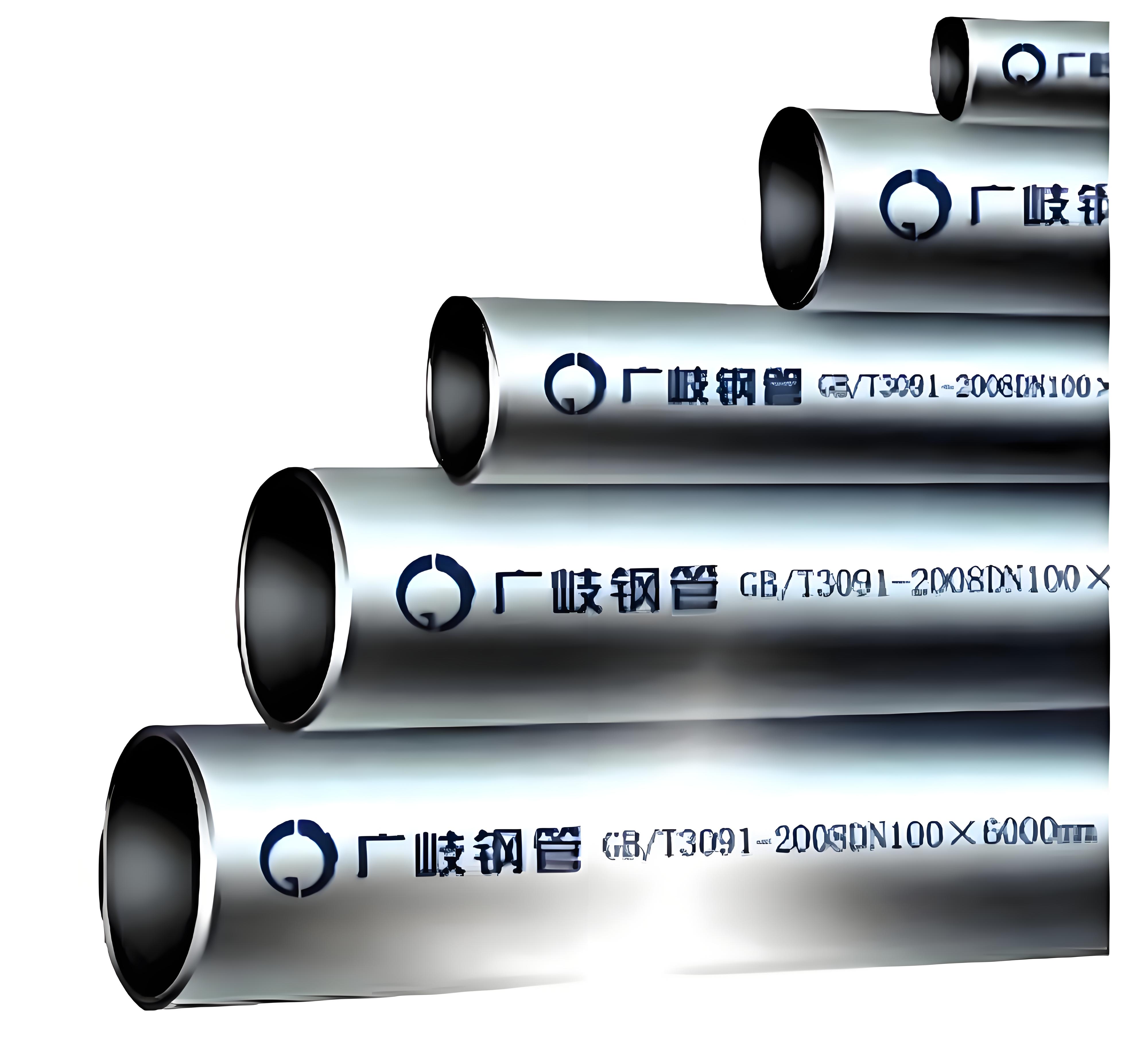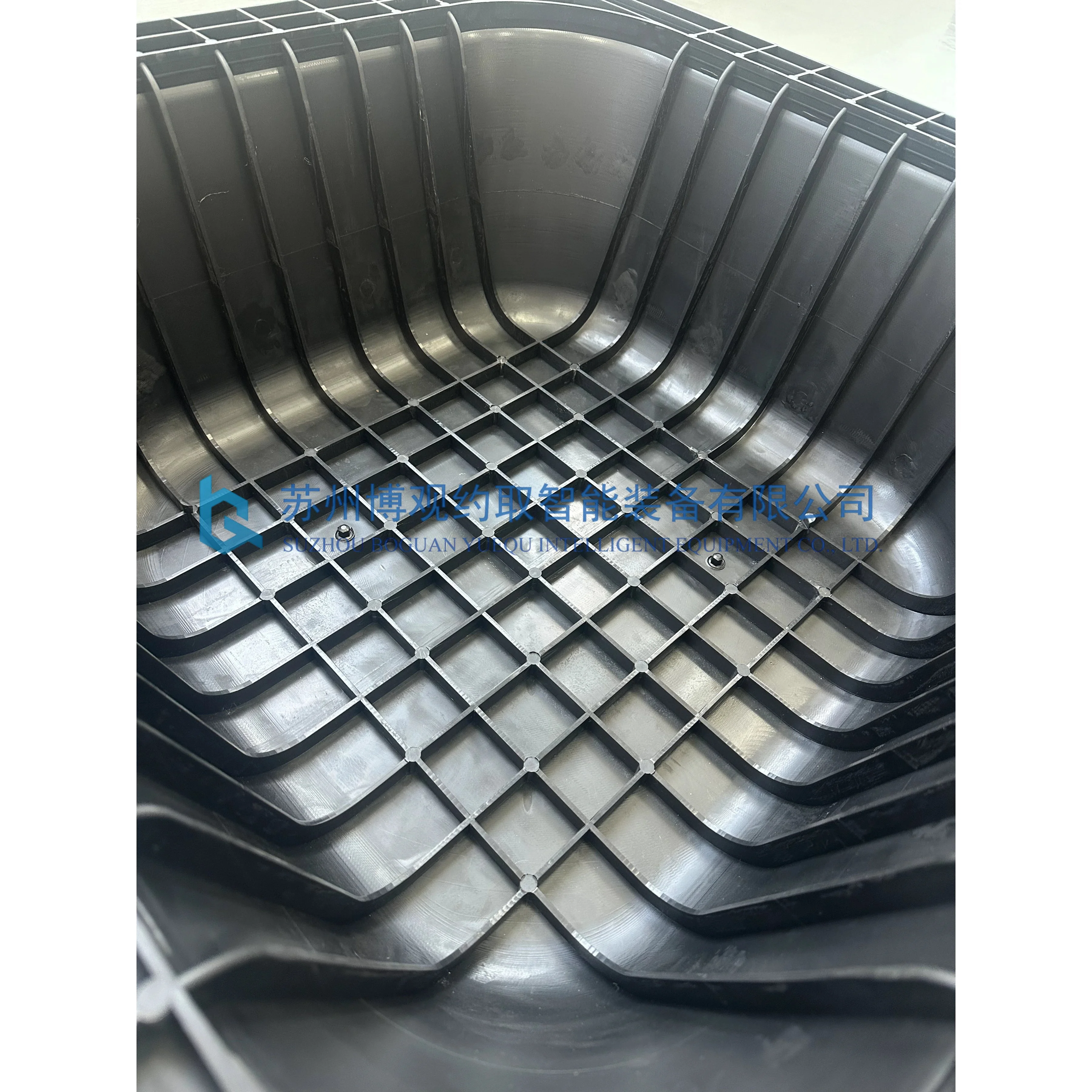When it comes to interior design, wall coverings play a pivotal role in setting the tone and atmosphere of a space. However, the cost of these materials can quickly add up, especially for those on a budget. In this article, we will delve into the least expensive wall covering options available, examining their benefits, applications, and how they can transform your environment without breaking the bank.
Understanding Wall Coverings
Wall coverings encompass a variety of materials used to enhance the appearance and functionality of interior walls. These can range from paint and wallpaper to more innovative solutions like fabric panels and vinyl. The choice of wall covering not only affects the aesthetic appeal of a room but also its durability, maintenance requirements, and overall comfort.
The Cost Factor: Why Wall Covering Choices Matter
When considering wall coverings, cost is often a primary concern. The least expensive options can provide significant savings while still delivering style and functionality. Understanding the various types of wall coverings and their associated costs is crucial for making informed decisions that align with your budget.
Top Affordable Wall Covering Options
- Paint:
- Cost: Typically ranges from $15 to $50 per gallon, depending on the brand and finish.
- Benefits: Paint is one of the most cost-effective wall coverings available. It offers a wide range of colors and finishes, allowing for customization to suit any style. Additionally, painting is a relatively simple DIY project, which can save on labor costs.
- Considerations: While paint can be easily applied, it may require touch-ups over time, especially in high-traffic areas.
- Peel-and-Stick Wallpaper:
- Cost: Prices generally range from $20 to $60 per roll.
- Benefits: This innovative option is easy to install and remove, making it ideal for renters or those who frequently change their decor. Peel-and-stick wallpaper comes in various patterns and textures, allowing for creative expression without a long-term commitment.
- Considerations: While it’s a great temporary solution, the longevity may not match that of traditional wallpaper.
- Vinyl Wall Coverings:
- Cost: Ranges from $0.50 to $3.00 per square foot.
- Benefits: Vinyl is durable, moisture-resistant, and easy to clean, making it suitable for kitchens and bathrooms. It’s available in a plethora of designs, from solid colors to intricate patterns.
- Considerations: Installation can be more complex than paint or peel-and-stick options, often requiring professional help.
- Fabric Wall Coverings:
- Cost: Prices can vary widely, but budget options start around $5 per yard.
- Benefits: Fabric can add warmth and texture to a room. It can be used as a full wall covering or as an accent, providing versatility in design.
- Considerations: Fabric may require more maintenance, such as cleaning or replacing, especially in high-traffic areas.
- Wood Paneling:
- Cost: Basic plywood paneling can start at around $1 per square foot.
- Benefits: Wood paneling adds a rustic charm and can be painted or stained to match your decor. It’s also relatively easy to install for those with basic carpentry skills.
- Considerations: While wood can be cost-effective, it may require additional treatment to prevent warping or damage from moisture.
DIY vs. Professional Installation
One of the most significant factors influencing the overall cost of wall coverings is whether you choose to install them yourself or hire a professional. DIY projects can save you a considerable amount of money, especially with options like paint and peel-and-stick wallpaper. However, for more complex materials like vinyl or wood paneling, professional installation may be worth the investment to ensure a polished finish.
Conclusion: Making the Right Choice
When searching for the least expensive wall covering, it’s essential to consider not only the initial cost but also the long-term value and maintenance requirements. Each option has its unique advantages and potential drawbacks, so understanding your specific needs and preferences is crucial.


